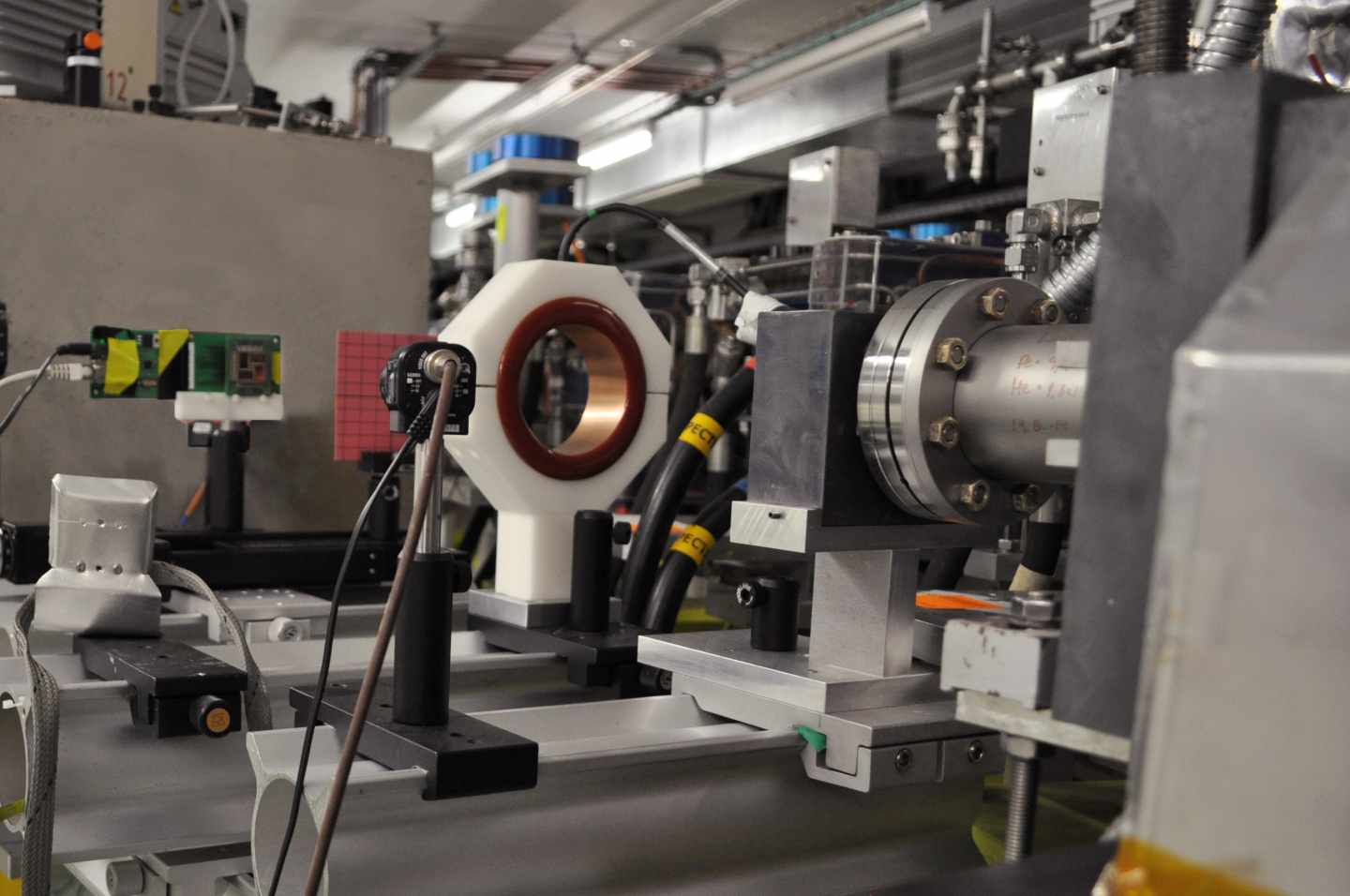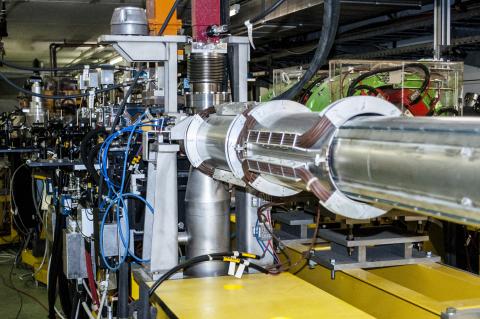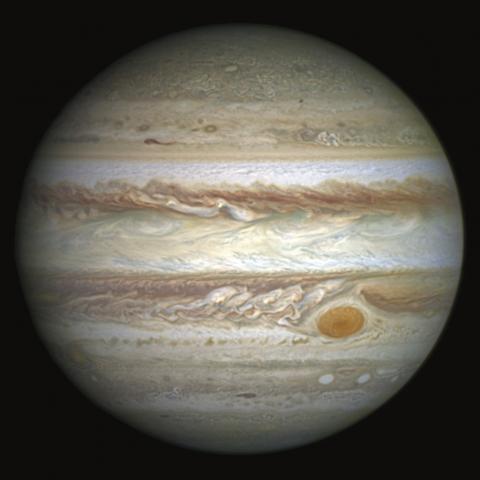VESPER stands for Very energetic Electron facility for Space Planetary Exploration missions in harsh Radiative environments. It is a high-energy electron beamline for radiation testing, part of the CTF3 (Compact Linear Collider Test Facility) experimental linear electron accelerator at CERN.
VESPER is the only facility on Earth able to replicate the most extreme phenomena of Jupiter’s harsh radiative environment. The biggest planet of the Solar System has a very strong magnetic field, which traps electrons of energies up to several hundred megaelectron volts with very large fluxes.
An important application of the beamline is the characterisation of electronic components for operation in a Jovian environment, in which trapped electrons of energies up to several hundered megaelectron Volts (MeV) are present with very large fluxes. In September 2016, in collaboration with the University of Padova, VESPER was used for the first time to test advanced multi-level cell NAND Flash memories, usually used in space.
In March 2018, experts from ESA and IROC Technologies came to perform tests in VESPER (Very energetic Electron facility for Space Planetary Exploration missions in harsh Radiative environments), which is part of CLEAR (CERN Linear Electron Accelerator for Research). VESPER was used to evaluate the effects of high-energy electrons on state-of-the art electronics considered for flying on the JUICE (JUpiter ICy moons Explorer) mission. The outcome will help the JUICE project optimise spacecraft design and anticipate/ mitigate Jupiter radiation impact on mission performances.
VESPER is part of the CLEAR (CERN Linear Electron Accelerator for Research) experimental linear electron accelerator at CERN.
Learn more about CERN ground facilities here.
Read more at www.cern.ch/vesper
Advantages & Applications
The main application of the beamline is to characterise electronic components for the operation in a Jovian environment, in which trapped electrons of energies up to several hundred MeVs are present with very large fluxes. In addition, the use of the beam line for the characterisation of devices and detectors in a purely electro-magnetic beam for high-energy accelerator applications is also relevant.



